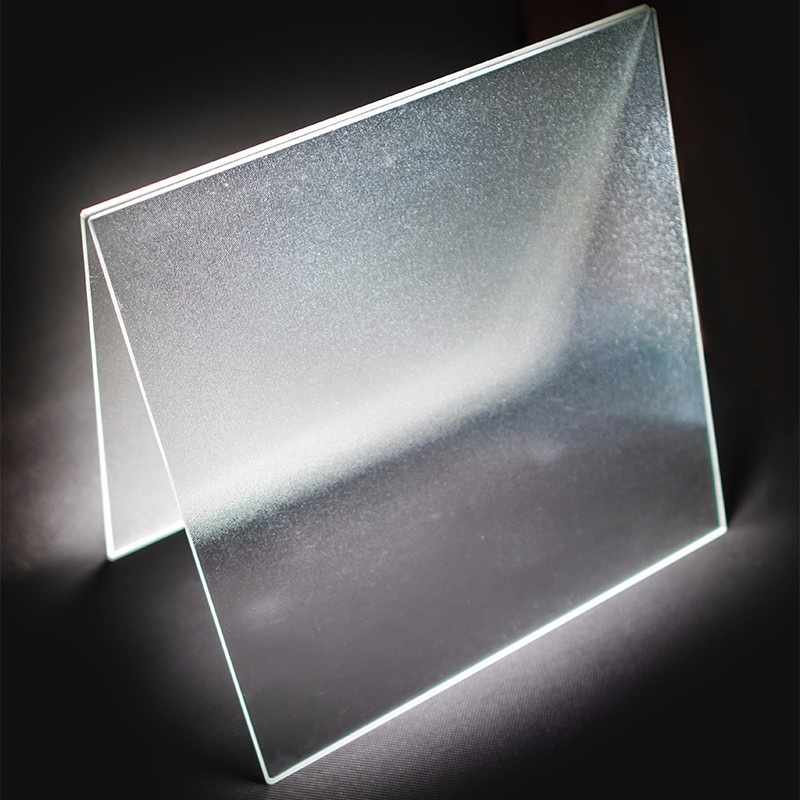

Understanding Green Float Glass A Sustainable Choice for Modern Architecture
In recent years, the construction and design industries have seen a remarkable shift towards sustainability and eco-friendly materials. Among the innovative solutions emerging in this quest is green float glass, an essential material that combines functionality with environmental responsibility. This article explores green float glass, its properties, applications, and its growing importance in modern architecture.
What is Green Float Glass?
Green float glass, also known as low-iron glass, is a high-quality glass produced by the float glass process, wherein molten glass is poured onto molten tin to form a smooth, flat surface. The term green refers to the slight tint that the glass acquires during its production due to the presence of iron oxide. This characteristic hue is not only aesthetically pleasing but also offers specific benefits in terms of light transmission and energy efficiency.
Properties of Green Float Glass
One of the primary advantages of green float glass is its excellent light transmission properties. The green tint effectively filters out harmful UV rays while allowing natural light to permeate interior spaces. This quality enhances the aesthetic appeal of buildings, making them more inviting and energy-efficient by reducing the reliance on artificial lighting.
Furthermore, green float glass boasts impressive thermal properties. It acts as an insulator, helping to regulate indoor temperatures and reduce HVAC energy consumption. This feature is particularly advantageous for commercial buildings, where energy costs can be significant. By utilizing green float glass, architects and builders can improve the energy efficiency of their designs, leading to lower operational costs and a reduced carbon footprint.
Applications of Green Float Glass

The versatility of green float glass makes it suitable for various applications across different sectors. In residential architecture, it is commonly used for windows, sliding doors, and curtain walls, allowing homeowners to enjoy natural light while maintaining privacy and energy efficiency.
In commercial and institutional buildings, green float glass is often employed in facades and skylights. The glass's ability to reflect heat while permitting ample natural light contributes to creating comfortable indoor environments for employees and visitors alike. Additionally, green float glass can be laminated or tempered to enhance its safety and security features, making it an excellent choice for high-rise buildings and public spaces.
The aesthetic qualities of green float glass also lend themselves well to innovative architectural designs. Many contemporary buildings incorporate large expanses of glass to create a transparent, open feel. The green tint harmonizes with various architectural styles, complementing natural materials such as wood and stone, which are increasingly favored in sustainable design practices.
Economic and Environmental Benefits
The adoption of green float glass not only taps into the growing demand for sustainable materials but also provides economic advantages. As energy-efficient buildings become more desirable, properties featuring green float glass can command higher market values. Furthermore, governments worldwide are implementing stricter building regulations that encourage the use of energy-efficient materials. By incorporating green float glass, builders and developers can ensure compliance while enhancing the appeal of their projects.
From an environmental perspective, green float glass is infinitely recyclable. When a building reaches the end of its life cycle, the glass can be repurposed, reducing waste in landfills and minimizing the extraction of raw materials. This recyclability aligns with the overarching theme of sustainability in modern architecture, where the emphasis is on reducing, reusing, and recycling.
Conclusion
Green float glass represents a significant advancement in building materials, marrying beauty, functionality, and sustainability. As more architects and builders embrace green design principles, the popularity of green float glass is likely to rise, setting new standards for energy efficiency and aesthetic appeal in modern architecture. By choosing such innovative materials, society can progress toward a greener, more sustainable future in the built environment.